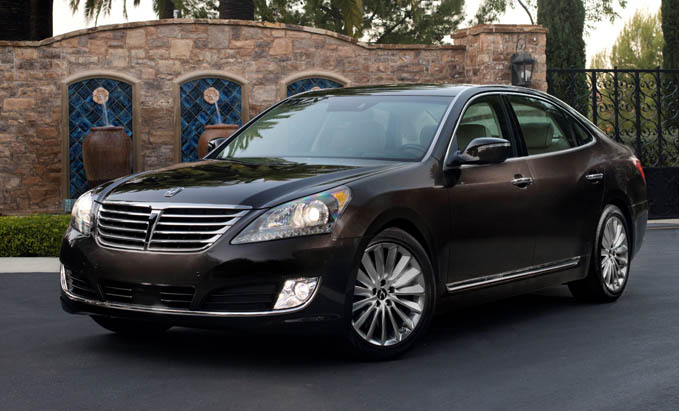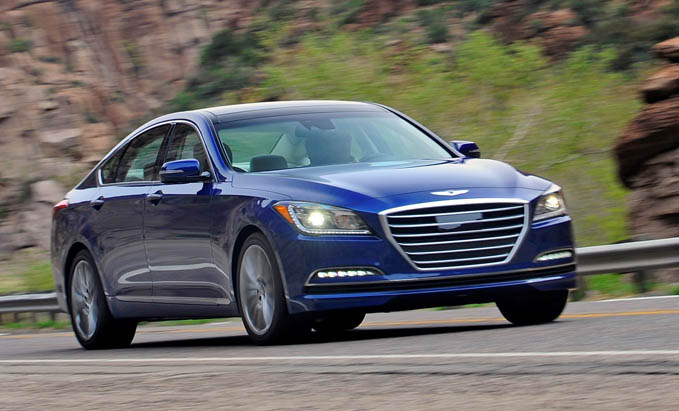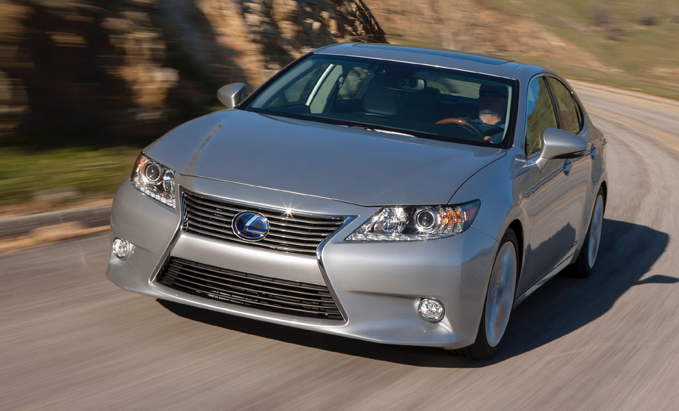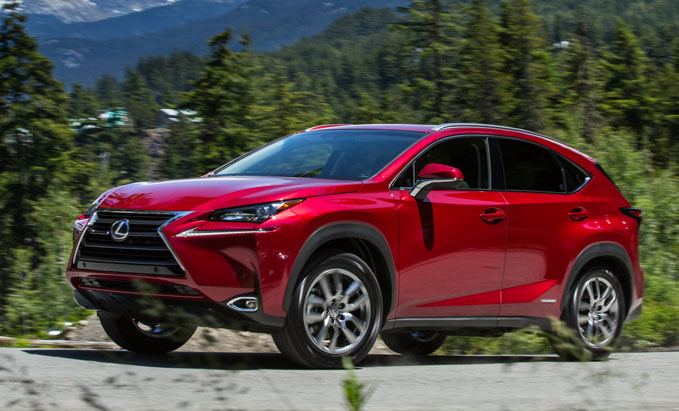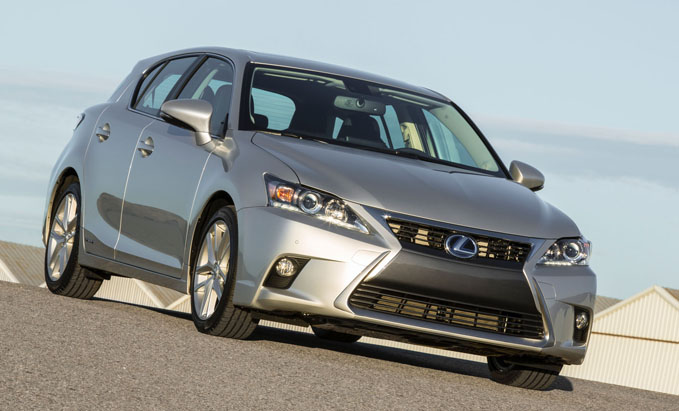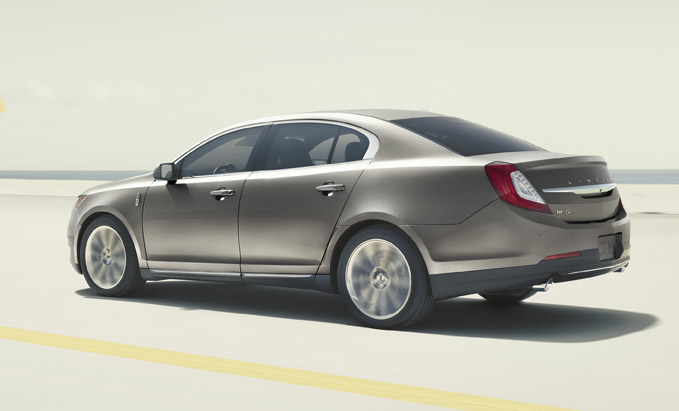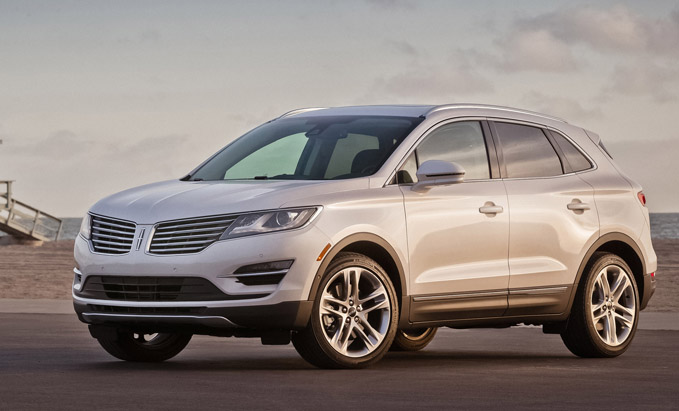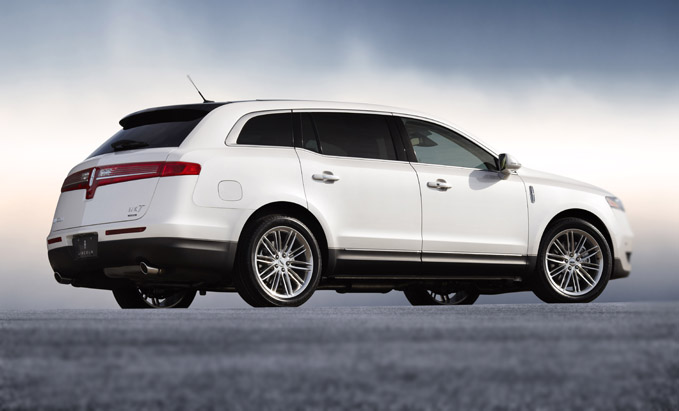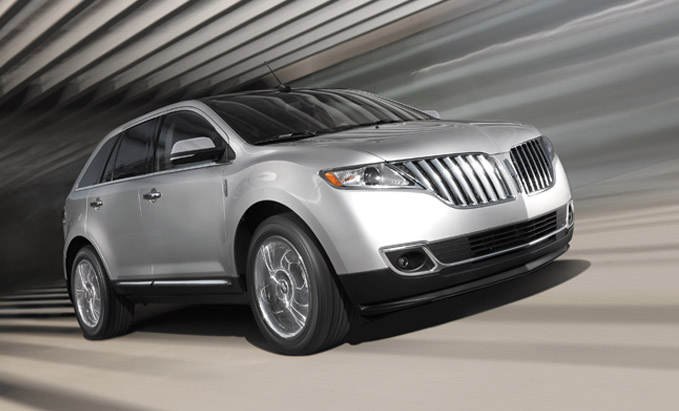Luxury is the antithesis of austerity. If you want the finest, fastest or most feature laden you’re going to have to fork over cash and usually lots of it.

In fact, nearly every luxury automobile on the market today recommends premium-grade gasoline, but not all. Mercifully some will run just fine on the dregs of a filling station’s fuel cistern.
Broadly speaking there are three categories of octane requirement. In some vehicles it’s a-OK to run good ol’ regular-grade petrol. However, in others manufacturers recommend premium for optimum performance. And finally in the third group high-octane gasoline is required for proper operation.
SEE ALSO: What is Octane?
As always it’s best to follow the manufacturer’s advice. Remember, octane is a measure of gasoline’s resistance to igniting while squeezed. Engines with higher compression ratios are specifically designed to run on fuel with greater octane. Using less than the spec can cause internal damage, though modern, computer-controlled powerplants are quite adaptable to varying fuel quality.
Accordingly, here’s a list of luxury vehicles that will happily run on regular-grade gasoline. On the following page is a list of other models that are recommended premium and others that require it.
Cadillac
The Cadillac ATS is a crowd-pleaser with thrilling dynamics and attractive styling both inside and out. Luckily for owners, several versions of this car will run on 87-octane fuel. Models equipped with either the 2.5-liter four-cylinder engine or the up-level 3.6-liter V6 happily burn regular, the latter can also digest E85.
The ATS’s big brother, the equally laudable CTS, is another crest-bedecked luxury car that runs on the cheap stuff, though only when equipped with GM’s 3.6-liter six shooter. Premium is recommended in CTSs fitted with the 2.0-liter turbo and required if powered by the range-topping force-fed V6.
Not surprisingly, Cadillac’s XTS also sidesteps premium when equipped with the base engine. Once again GM’s 3.6-liter V6 will burn regular fuel without any negative side effects.
And the same is true of the brand’s SRX. The only engine offered in this luxury crossover is – surprise, surprise – a 3.6-liter V6.
Hyundai
No, Hyundai’s not a luxury brand but you can argue they sell two luxury cars. The Equus is their flagship, a BMW 7 Series rival that, when comparing base models, sells for around 13 grand less. Its 5.0-liter Tau V8 is silky smooth and surprisingly muscular, plus it runs on regular gasoline. If you put higher-octane stuff in there you get even more performance.
Aside from the Equus Hyundai also sells the Genesis sedan, another premium four-door. Its base 3.8-liter V6 runs on regular all day long as will its optional 5.0-liter V8, though once again the up-level two-by four will put out more kibbles and bits if you feed it the good stuff.
Lexus
Shifting gears, we move from Hyundai to Lexus, Toyota’s standard-bearing division. The brand’s ES350 luxury sedan features a 3.5-liter V6 engine that’s good for 268 horses. That’s relatively modest output these days, but this powerplant is silky smooth and burns 87-octane fuel.
And not surprisingly the hybrid version of Lexus’ ES350, the ES300h, runs on regular as well. According to the U.S. EPA this car stickers at 40 miles per gallon city, 39 highway and 40 MPG combined. That’s doubly good for budgets; this sedan takes the cheap stuff and is tremendously miserly. Cha-ching!
Lexus’ NX300h, a hybrid version of their all-new small crossover, also consumes 87-octane fuel. It features a 2.5-liter four-cylinder engine and has a total system output of 194 hp.
The RX350 is one of the most popular vehicles in the Lexus lineup, it helped pioneer the luxury crossover segment and has been tremendously popular. Examples are powered by a 3.5-liter V6 that puts out a modest 270 horses. The most efficient version averages 21 miles per gallon. Oddly enough the hybrid version recommends premium.
The CT200h is Lexus’ dedicated hybrid model; think of it as a leather-lined Prius. This car features an Atkinson-cycle 1.8-liter engine and a total system output of 134 hp.
Lincoln
All versions of the Lincoln MKZ happily run on regular-grade fuel, from models equipped with the 2.0-liter EcoBoost four-cylinder engine, to the up-level 3.7-liter V6, to the hybrid version. The company recommends regular across the board, though the 2.0-liter turbocharged four-cylinder engine will deliver maximum performance on 93-octane fuel.
It’s the same story with the larger MKS; 87 octane is recommended. This sedan’s base and optional engines will consume regular without issue, though it’s range-topping 3.5-liter EcoBoost V6 will crank out more power if you opt for more octane.
Lincoln’s new MKC crossover has been a much-needed sales success. In fact last month it was the brand’s second most popular model after the MKZ, with nearly 1,900 sold. Two engines are offered in this vehicle, both are EcoBoost powerplants and each one runs on recommended 87-octane gasoline.
The larger Lincoln MKT car-based utility will also use regular fuel without burning a hole in a piston or sending a connecting rod through the side of its block. Either engine will use the cheap stuff though the optional twin-turbo V6 will try a little harder with premium.
Finally there’s Lincoln’s MKX. This crossover’s standard 3.7-liter V6 runs on recommended 87-octane fuel, no questions asked.











